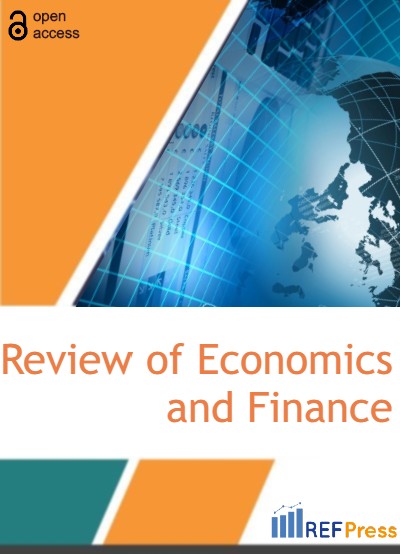
Health Expenditure Efficiency: An Analysis Using DEA and Malmquist Index Methods
(Pages 1275-1287)Ghernouk Chaimae* and Liouaeddine Mariem
Faculty of Economics and Management, SEPP Laboratory IBN TOFAIL University – Kenitra.
DOI: https://doi.org/10.55365/1923.x2023.21.140
Abstract:
This article analyses the efficiency of public spending on health. Therefore, a literature review on the role of public spending in the health sector and explain the concept of efficiency is conducted. The study estimates the degree of efficiency using the DEA method and the Malmquist Index for a panel of 16 lower and upper middle income countries over the period 2010-2020. The results show that to boost efficiency, countries do not necessarily need to increase public spending on health, as poorly managed public financing leads to wasteful inefficiency in the health sector. Thus, when one adds one more input (number of doctors, number of nurses, or number of beds per capita), efficiency improves and countries achieve similar health outcomes in terms of the "life expectancy" output.
Keywords:
Efficiency, Data Envelopment Analysis, Public expenditure, Health, Malmquist Index.
JEL classification:
D61, C60, H50, I20, I10.
How to Cite:
Ghernouk Chaimae and Liouaeddine Mariem. Health Expenditure Efficiency: An Analysis Using DEA and Malmquist Index Methods. [ref]: vol.21.2023. available at: https://refpress.org/ref-vol21-a140/
Licensee REF Press This is an open access article licensed under the terms of the Creative Commons Attribution Non-Commercial License (http://creativecommons.org/licenses/by-nc/3.0/) which permits unrestricted, non-commercial use, distribution and reproduction in any medium, provided the work is properly cited.
